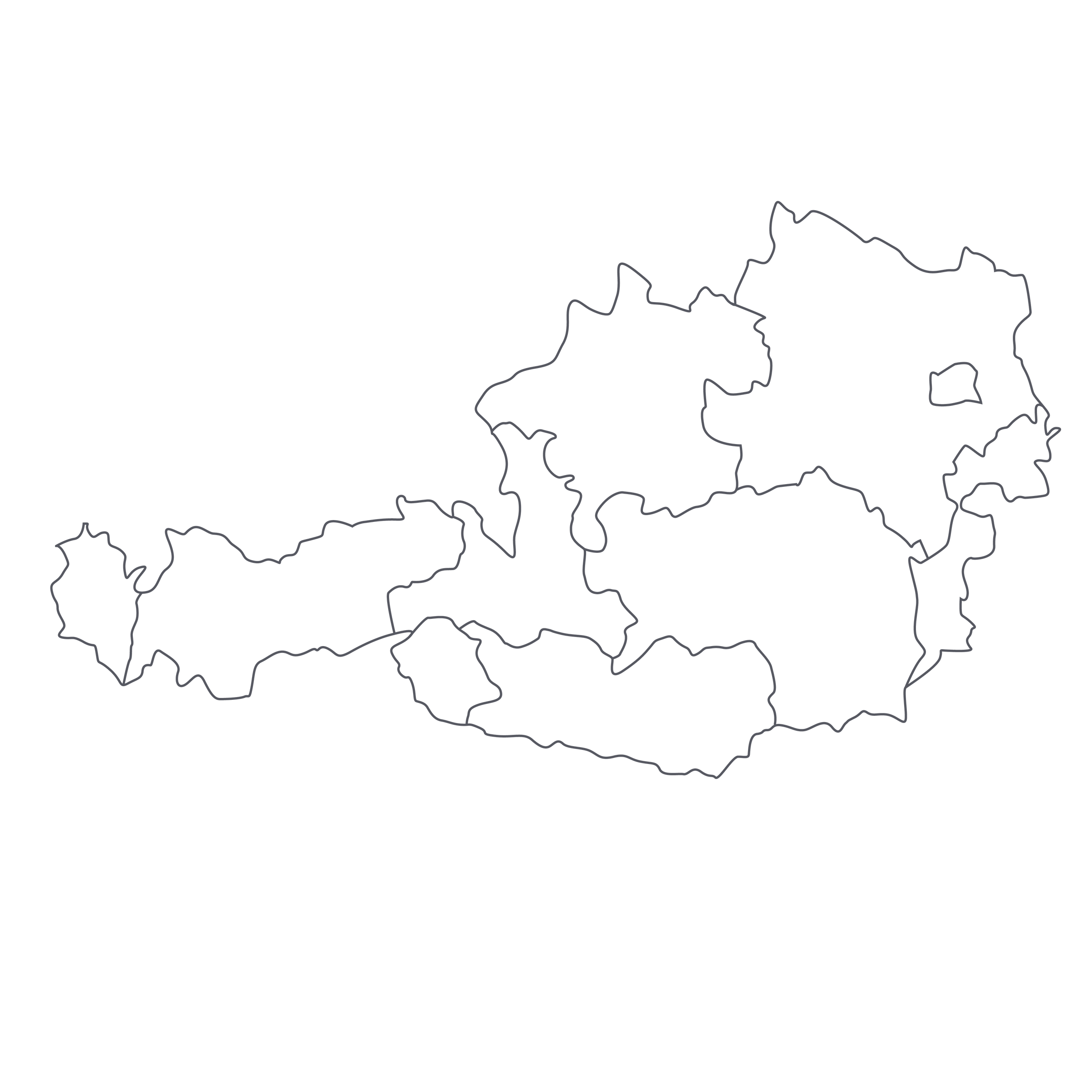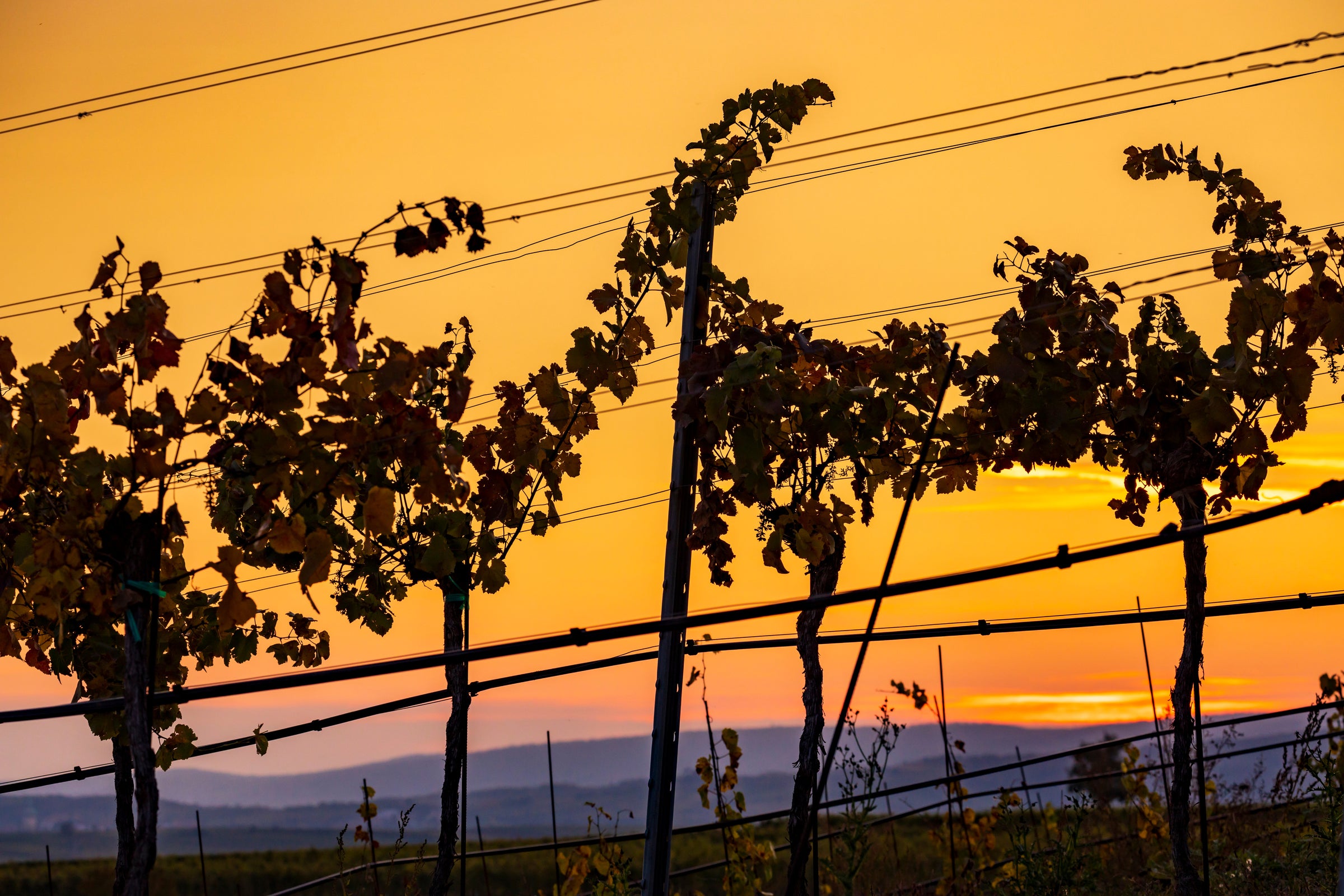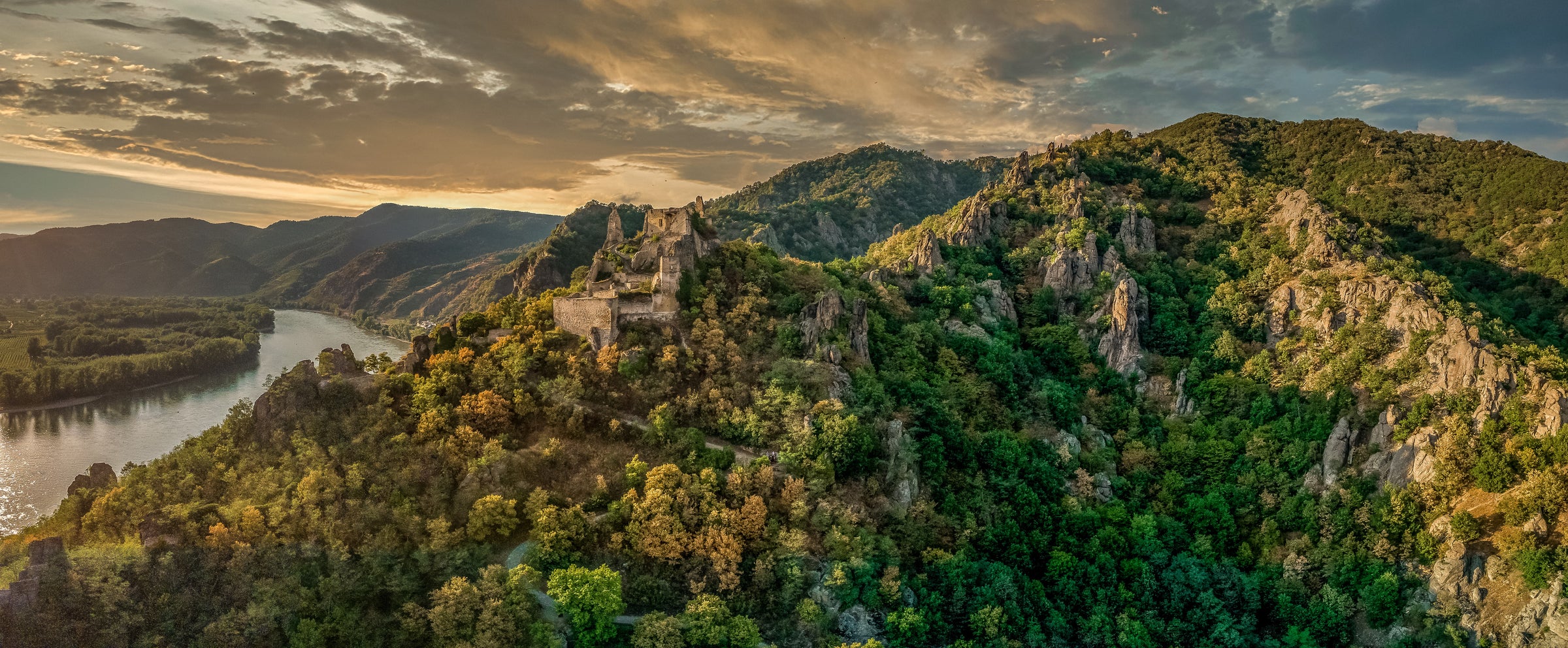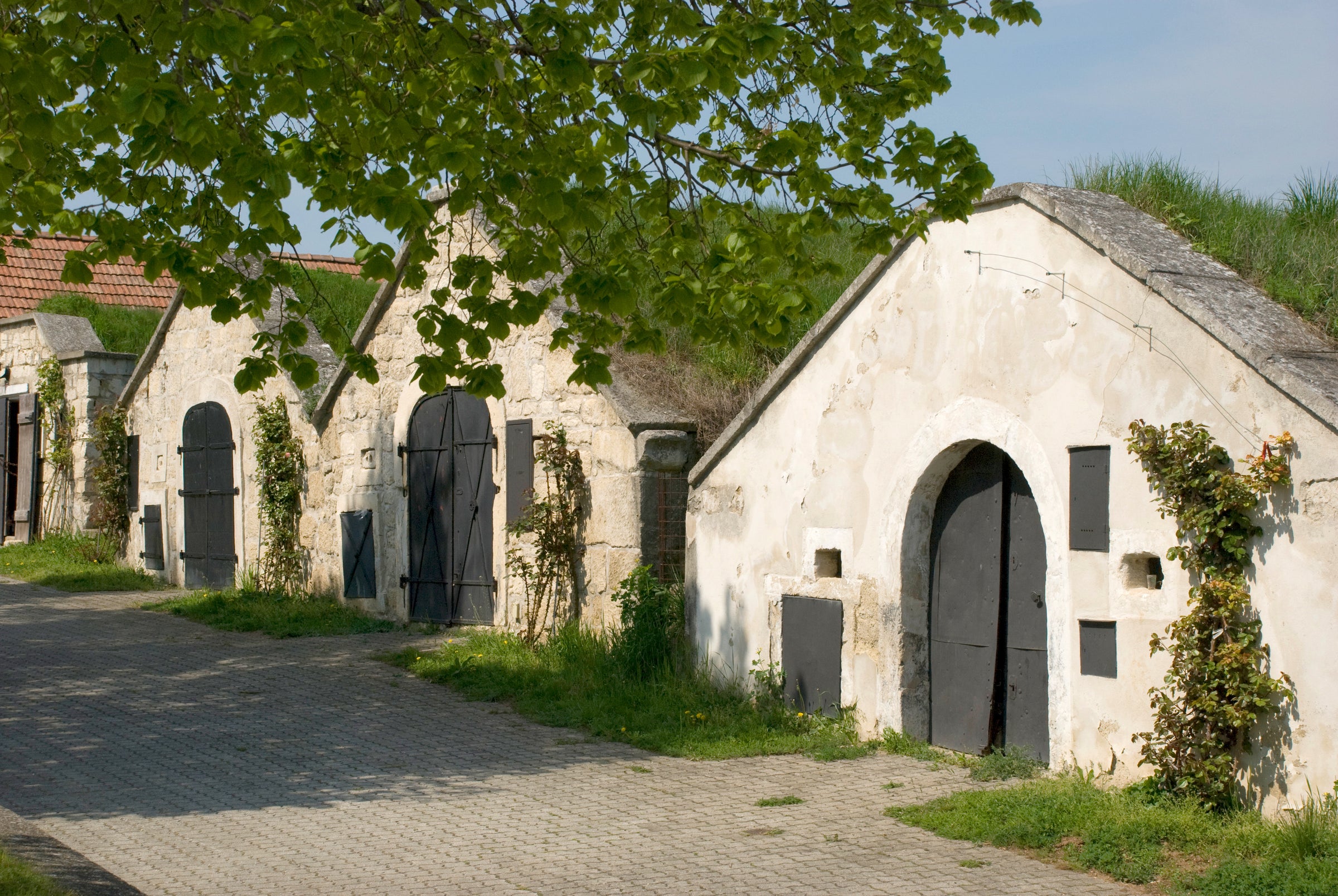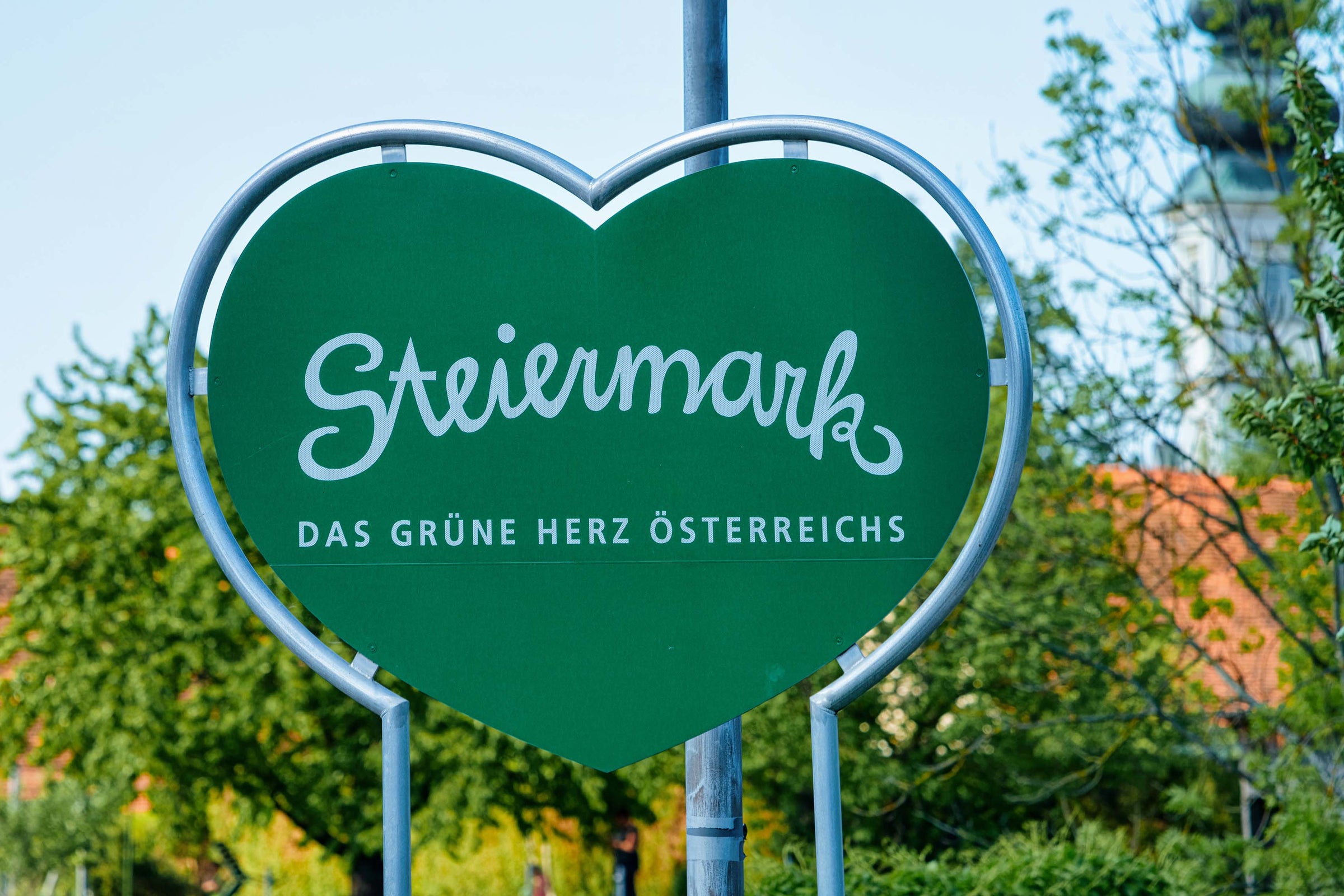Nobody—not even the importer (seriously)—expected a second drop of Der Pollerhof’s 2018 “Vom Löss to arrive on our shores. Why? Every year, Erwin Poller brings the world a small trove of wines from his treasured terroir, and, every year, they’re whittled down to a few cases before I can even make an inquiry. We were finally quick enough last December, and our haste was rewarded: It became the single-greatest Austrian offer we’ve seen. At the time, only a few dozen cases of this rarity had crossed the Atlantic and we sold every last bottle afforded to us. This time around, it’s only half of the typical allocation, but were just grateful that we have a shot at this second unexpected wave.
For all new subscribers, I know what you’re thinking—that this off-the-beaten-path label looks as if it army-crawled its way out of the vineyard or was exhumed from the very earth itself. But what you see on the painstakingly applied label is one of the wine world’s most treasured soil types, loess (a wind-blown silt), and what’s in the bottle is a mineral-infused, masterfully concocted, Sauvignon Blanc-dominated blend that is beyond addicting. No it’s not a Grand Cru, nor is it a “unicorn wine,” but my infatuation for Austrian wine knows no bounds, and I pride myself on securing the top “insider” producers that rarely frequent the mainstream media. I’m talking about the wines you have to have to nudge sommeliers for, wines that are stealthily hiding in plain daylight at a trendsetting, all-organic wine bar. Der Pollerhoff is largely a one-man operation and the tiny amount of “Vom Löss” that exits his cellar is impossibly hard to locate. It’s organic, produced in the smallest of quantities, loaded with flavor, guaranteed to turn heads, and
affordable. That, to me, is worth seeking out.
Considered by most to be the oldest growing zone in Austria, Weinviertel is also, geographically, the largest in the country. While the “big three” appellations of Kremstal, Kamptal, and the Wachau are situated roughly an hour northwest of Vienna, the Weinviertel covers the vast, northeastern expanse of Lower Austria, stretching from the western border of Slovakia, following the Danube towards the big three, and veering up to the southern border of Czechia. Its name, which translates to “wine quarter,” reflects the region’s rich, ancient wine heritage and, according to the Weinviertel DAC website, there’s “7,000 years of artifacts to prove it.”
Erwin Poller manages roughly 10 hectares of organically farmed vines, harvests by hand, develops his own yeast for fermentation, and finds some way to apply signature loess soils onto every bottle of today’s wine. He does this, mind you, almost entirely on his own. I think some of that drive and determination must come from his grandfather, who began exclusively crafting wine in 1920 and selling his wares by literally throwing a barrel on a cart and making a three-day trip to Vienna. Thankfully, there’s no need for barrel toting anymore, otherwise, you wouldn’t ever be privy to today’s extraordinary blend of Sauvignon Blanc, Gelber Muskateller, and Traminer.
Erwin extracts their precious juice with the gentlest pneumatic press on the market and after a quick upbringing in squeaky-clean stainless steel tanks, he bottles the wine in order to preserve every ounce of freshness. He calls these three grapes his “aromatics,” and a quick sniff in the glass will tell you why. This ‘18 dazzles the senses with countless waves of high-toned florality and perfume in the form of acacia, honeysuckle, jasmine, chamomile, bergamot oil, grapefruit zest, citrus blossoms, ripe yellow apples, and a touch of exotic spices. It is a deliciously piquant wine that pings your taste buds with mouthwatering acidity, juicy layers of citrus fruit, and undeniable notes of crushed minerality that vibrate on the long, zesty finish. There’s really nothing else for me to say other than keep your friends close and your “Vom Löss” even closer because this bottle is prone to disappearing in an instant. Serve in all-purpose stems around 50 degrees and let the good times roll—it’s guaranteed to stave off the negative effects of winter. Cheers!


